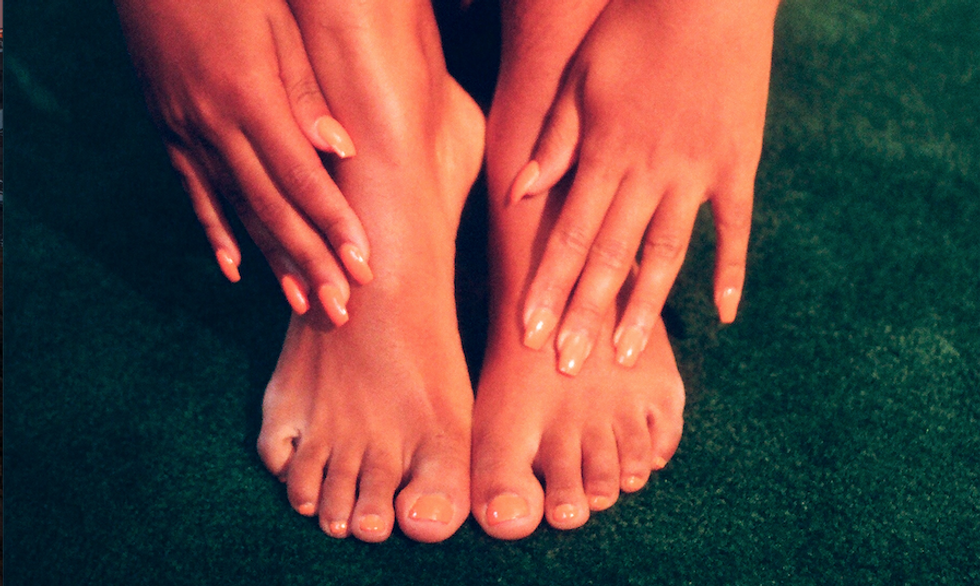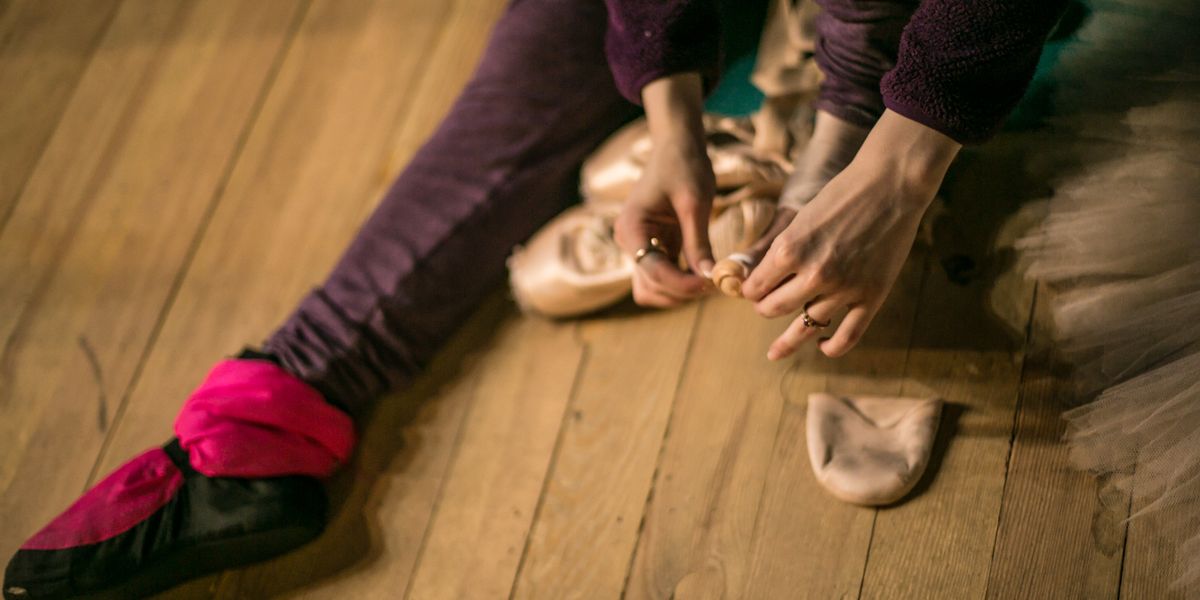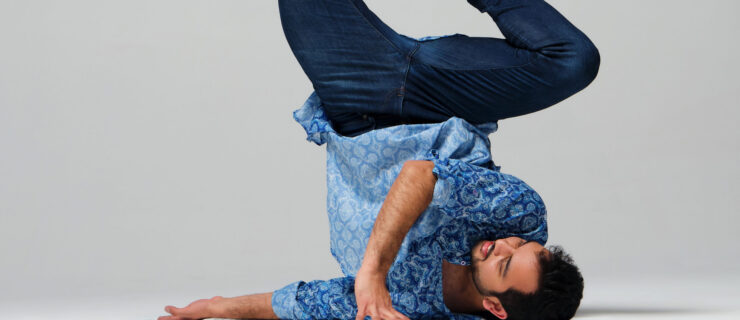5 Tips for Keeping Your Feet Blister-Free
Blisters are a reality of dance life, but sometimes with early care they can be avoided. Blisters happen as the result of repeated friction and moisture: Pressure causes layers of skin right below the surface to tear, generating a serum-like fluid that creates the blister to protect the damaged skin below.
Dancers often get blisters when they wear new dance shoes, or suddenly increase the amount they’re dancing, like during a period of intense rehearsal. An untreated blister can pop and become infected, turning a distracting problem into a serious one.
It’s best if you can leave a blister to heal in the open air, but few dance schedules permit that. A clear blister can be drained with a sterile needle after the skin has been cleaned with alcohol, says Atlanta podiatrist Frank Sinkoe. “It’s important to keep the roof of the blister intact as a kind of ‘biological’ dressing,” he notes. Reduce further friction problems with powders, and cover and cushion the blister while dancing, says Jenna Calo, a physical therapist at Body Dynamics in Washington, DC, who works with dancers from The Washington Ballet.
 If you can, let a blister heal in open air. Photo by Unsplash.
If you can, let a blister heal in open air. Photo by Unsplash.
But the best strategy is to avoid blisters in the first place. Here are some tips:
Make sure your shoes fit properly
If your feet are moving inside your dance shoes, you are courting blisters. In the case of pointe shoes, you usually can modify the box width, vamp height and taper of the shoe to permit a more individualized fit.
Give your trouble spots extra TLC
Even in shoes you’ve worn for a while, after a long dance session your feet will have some red spots. Those are the places most likely to develop a blister. Cover the spots with medical tape, 2nd Skin gauze or moleskin before they become troublesome, and make sure they have fresh coverings before your next dance session.
Keep your feet dry
Increased perspiration also creates a blister-friendly environment. “If feet sweat, they should be washed periodically during the day with soap and water and dried well, especially between the toes,” says Sinkoe. Keep in mind that plastic or gel toe pads can increase foot perspiration. If that happens, Calo recommends fabric toe pads or lambswool.
Layer on extra fabric
Tights and socks are more than a mere tradition. They provide a protective barrier between the shoe and your skin, and help absorb moisture. If you’ve been having problems, try adding a layer (or two) and see if it helps.
Stock your bag with the right supplies
Even with the best efforts, you can’t always avoid a blister. Don’t leave home without emergency supplies. Have some Neosporin, socks, tights, foot powder, moleskin, Dr. Scholl’s and Band-Aids at hand. That way, if you have to deal with a problem blister mid-rehearsal, you’re all set.




